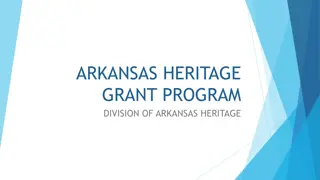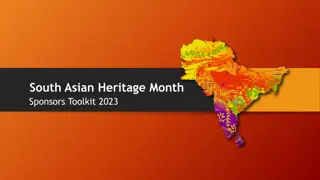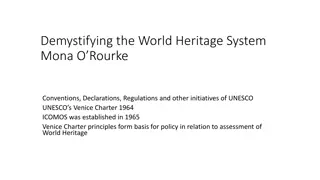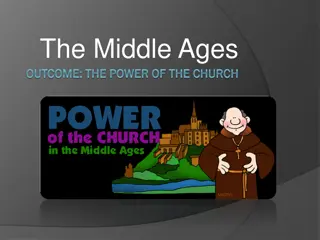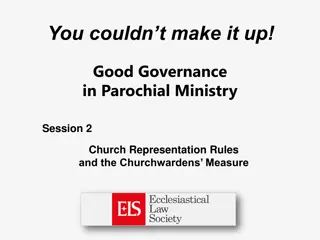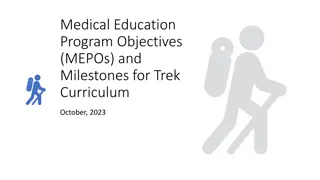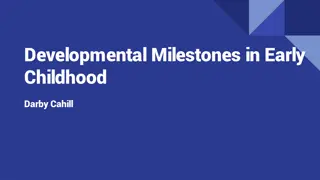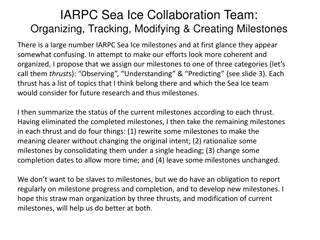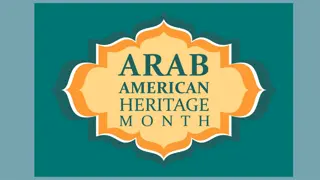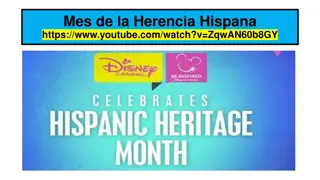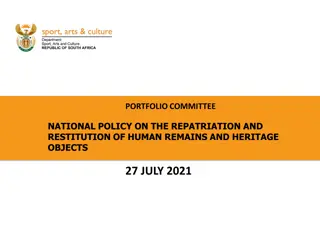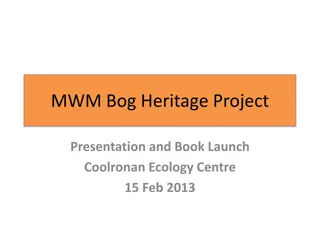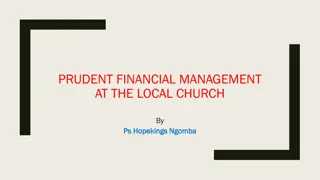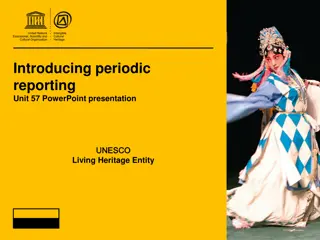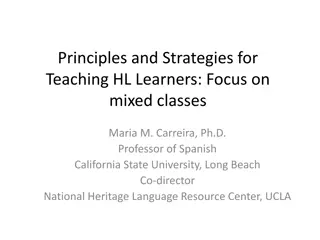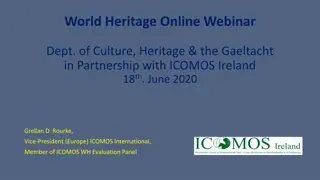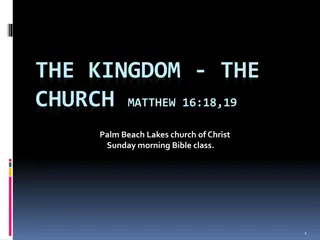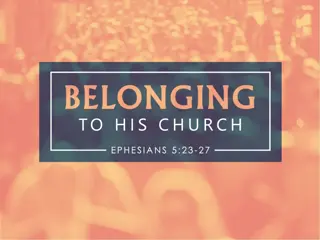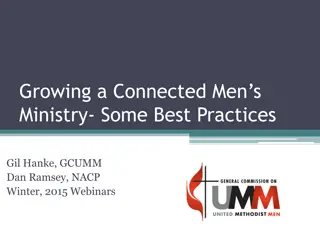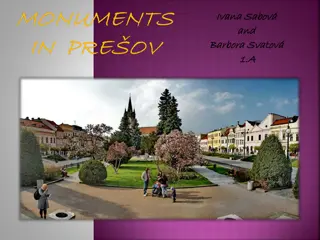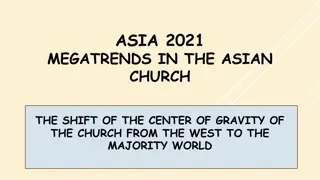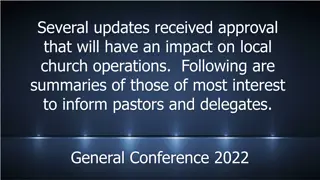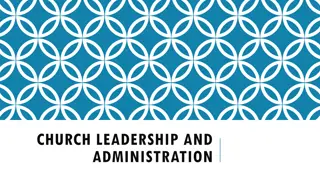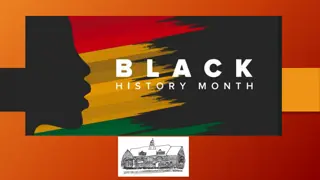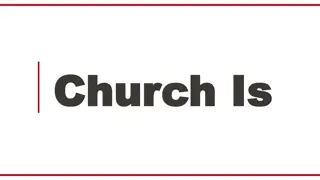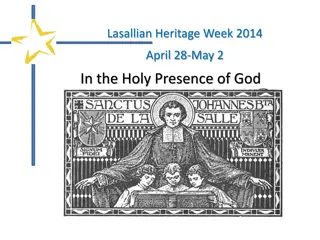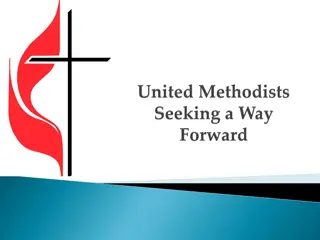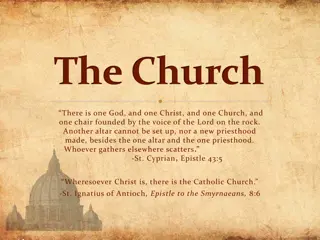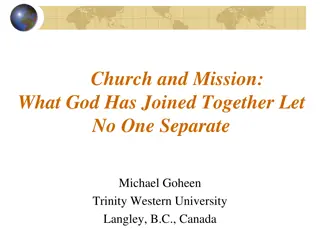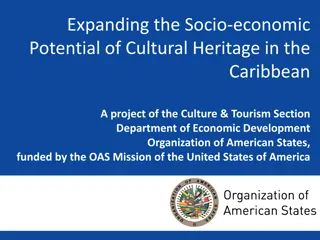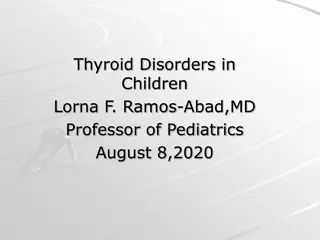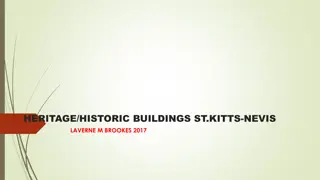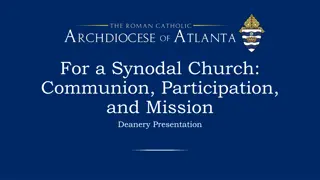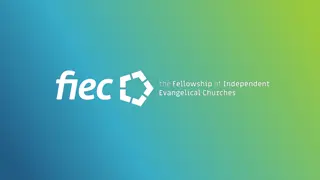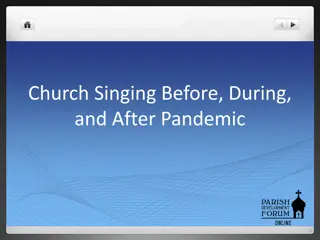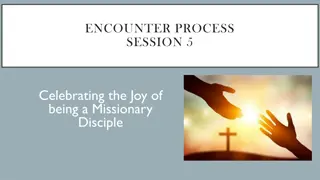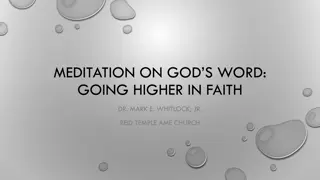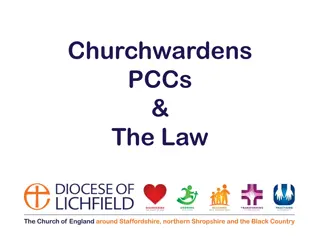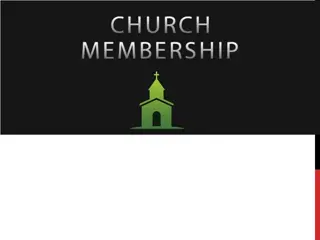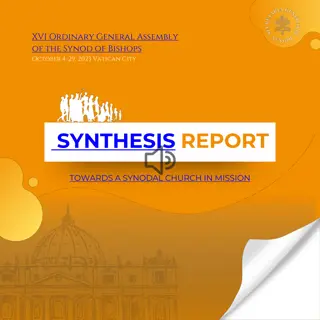Celebrating Milestones in the Local Church: Embracing History and Heritage
Delve into the significance of milestones in the local church, from historic events to individual ceremonies, and discover how celebrating these moments can strengthen community bonds. Learn about the role of a church historian, the importance of documenting church history, and the impact of commemorating milestones on Heritage Sunday. Explore creative ways to honor and embrace the rich heritage of your congregation.
Download Presentation

Please find below an Image/Link to download the presentation.
The content on the website is provided AS IS for your information and personal use only. It may not be sold, licensed, or shared on other websites without obtaining consent from the author. Download presentation by click this link. If you encounter any issues during the download, it is possible that the publisher has removed the file from their server.
E N D
Presentation Transcript
Celebrating Milestones in the Local Church
Milestones are ways we mark singular special events or time periods that define a congregation, church groups or individuals. Examples include the life cycle of church building(s), significant anniversaries, special holiday church services, camp meetings, revivals, community and national events, social justice issues, mission projects, marriages, baptisms, funerals, membership, etc. Milestones can also come in the form of individuals set apart for service. Tent Meeting of [East] Calvary Church (Now Tindley Temple) conducted by Reverend Charles A. Tindley, Delaware Conference, Philadelphia, Pennsylvania, circa 1918. We invite you to discover and celebrate milestones in your own local church in new and creative ways using the resources and suggestions in this presentation as well as any other out of the box idea you may see fit!
The local church historian is the keeper of ministry s memory. See http://gcah.org/resources/the-challenges-of- being-a-church-historian. If you do not have a historian now is the time to appoint one. The local church historian is the ideal person to oversee, resourcing and planning milestone celebrations. Chinese and Italian Children Celebrating Washington s Birthday at the Church of All Nations, New York City - circa 1918 The local church historian should seek additional training to prepare themselves for celebrating milestones and other duties. We suggest signing up for the upcoming Local Church Historian on-line training event this fall. The courses are being offered by the Indiana Conference Commission on Archives and History. For more information contact Richard Stowe at rastowe@mstar.net.
A well done local church history is the best written resource of significant milestones. The history is a way to bring the entire congregation together to tell the church s larger story. The process to research, write, assemble and publish a history takes time and planning. Marie Amerson leading a workshop on the steps to write a local church history for Greater New Jersey CAH September 2015 The history can be in different formats. Just make sure the final product is up to archival standards. Make sure you deposit copies in the conference and general archives. Also deposit copies in your local county and state libraries. A sample of published local church histories in the GCAH library.
The best time to celebrate your milestone is on Heritage Sunday. Discover historical events that influenced the present congregation. Use milestones to teach your congregations their spiritual DNA and empower them for ministry. Invite each member to become engaged in their own life within church history. Mt. Tabor Methodist Church, Mt. Tabor, New Jersey, Cornerstone Dedication in 1949. Reverend Robert Drew Simpson presides over the celebration service. There are a number of resources available to make Heritage Sunday a memorable event and valuing our United Methodist identity. See this slide s notes for suggestions.
Celebrating significant milestones are sacred events. It s how we identify God working in both the extraordinary and everyday moments of our lives. By reconstructing a historically appropriate style of worship service for the milestone being celebrated has lasting influence. Bulletin inserts reflecting local, annual conference, denominational or individual milestones acts as an aid for historical context.
Create a local church history quiz by including milestones from the denomination. Give a five to ten minute presentation on specific milestones or biographies of important clergy or laity who ministered both within and beyond the local church. Reverend Albert Horse Translating a Sermon into Kiowa for a Meeting in Oklahoma, 1945
Music is a key element in milestone celebrations. Use historically correct church service music for the period or specific milestone being celebrated. Lincoln Day was a yearly celebrated milestone in the Methodist Episcopal Church via the Freedmen s Aid Society to raise funds for African American educational work The Song Service publication is circa 1910s Sacred Harmony Title Page, 1780 edition. Children s Choir During Christmas Season
Special meals on significant milestone dates or Sunday services are another way to celebrate. By having a special guest speaker talk about the milestone after the meal is a great ending. Invite local community leaders, pastors and laity from other churches, as well your district superintendent or bishop is a must. Cake Celebrating Zimbabwe s Old Mutare Mission s Heritage Landmark Designation December 2012
Displays need to be in an area with easy access. The display should be three dimensional using a mix of text, digital content and images. If artifacts are to be used additional care is needed. Displays need to be out of direct sunlight and harsh lighting. Display security is important to protect items being displayed. Image courtesy of Aldersgate UMC East Brunswick, New Jersey
Timeline courtesy of the New York Annual Conference Commission on Archives and History Timelines are an excellent way to celebrate multiple milestones at one time. Timelines can be created in a variety of mediums. Timelines featured on a wall can have lasting value. See https://www.youtube.com/watch?v=gH1I52pC5Yo
Banners are a great way to mark specific milestones. Time capsules are exciting ways to revisit milestones in the future. Souvenirs are way of reconnecting with milestones after the celebration ends. Church Mug and Plate are from the General Commission on Archives and History Artifact Collection
Dramatic productions will capture the attention of everyone. These can be in the form of simple plays, skits, staged readings, puppet shows, video productions, music, etc. Reenactments of milestones or persons are visually stunning and educational. Imaginative storytelling has real impact. Interviews of former pastors or members are desired as well. Peyton Dixon as Simon Blessing, 18th century Methodist Preacher at St. George s UMC, Philadelphia, Pennsylvania - 2008
Audio-visuals are becoming more commonplace to celebrate milestones. Video interviews provide entertainment, learning moments, social media content and archival records. Audio interviews are also useful for reasons stated above. Digital presentations provide a variety of opportunities to celebrate milestones. Image courtesy of United Methodist Communications
Use historical photos for Throwback Thursday #tbt on your social media pages. Share stories about the milestone on Twitter and Facebook. Invite others to share their photos, stories and memories on your page.
Offer to present your church milestones at a local or county historical society meeting. See if your milestone celebration can be filmed and broadcast on your local cable access channel. Image Courtesy of United Methodist Communications
Include boy or girl scout members or troops in your milestone celebration. Check with scout masters to see if participants can earn a badge. Create a local high or middle school community service project to help with your milestone celebration. Represent the church s milestone at a local parade or town-wide event. United Methodist Congolese Boy Scout. Image Courtesy of United Methodist Men
The General Commission on Archives and History would like to thank the following individuals and organizations who contributed to this presentation. Fran Walsh, United Methodist Communications. United Methodist Men. Donna Miller, Historic St. George s United Methodist Church. Jerry Eyster, New York Conference Commission on Archives and History. Ken Helsby, Aldersgate United Methodist Church. Richard Stowe, Historian, Indiana Conference Commission on Archives and History. Mark Shenise, Greater New Jersey Conference Commission on Archives and History.


